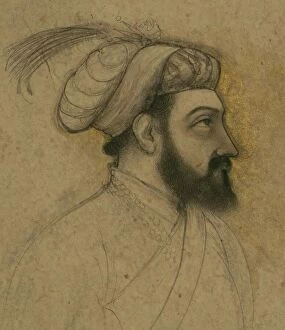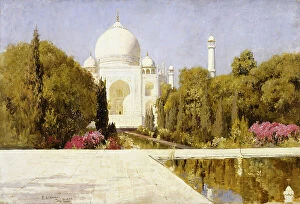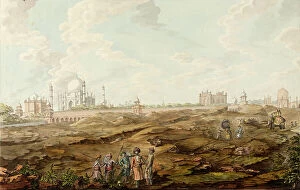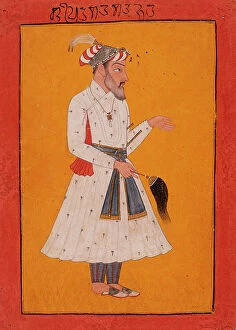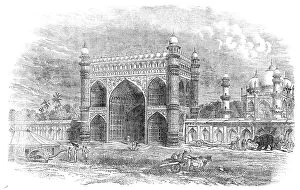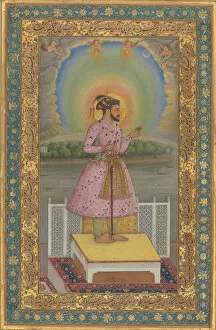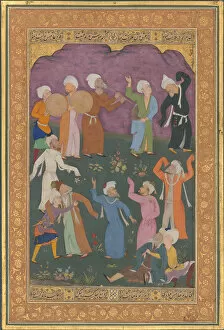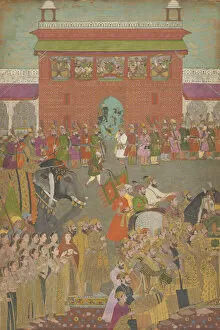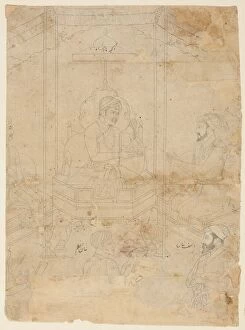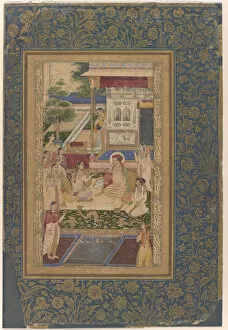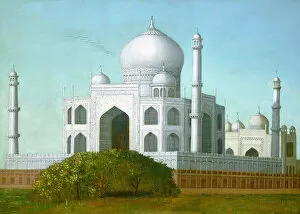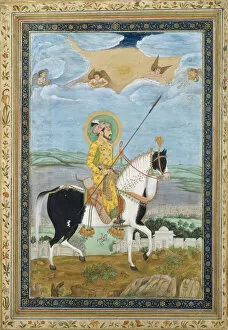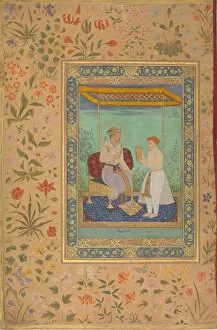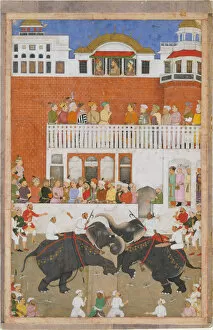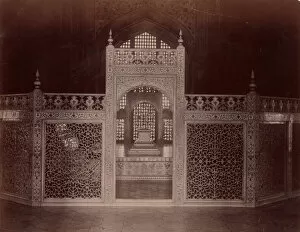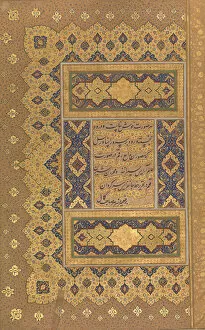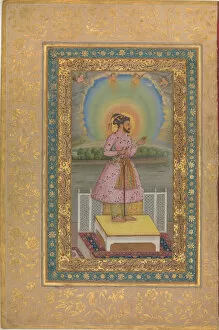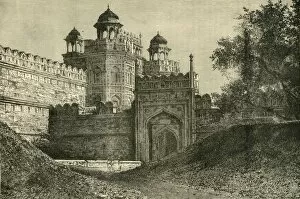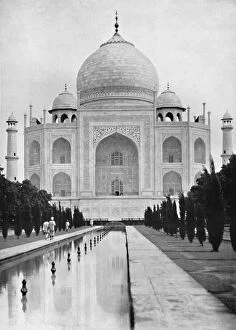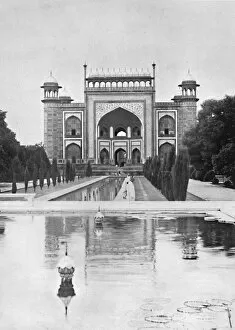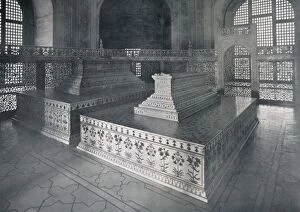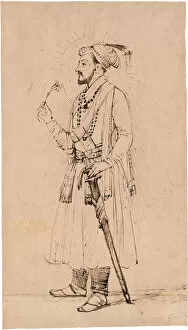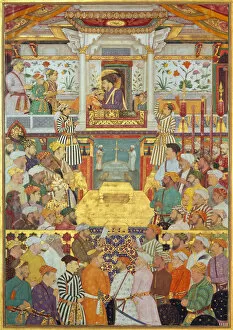Shahjehan Collection
Shahjehan: The Magnificent Mughal Emperor and His Timeless Legacy Step into the enchanting world of Shahjehan
For sale as Licensed Images
Choose your image, Select your licence and Download the media
Shahjehan: The Magnificent Mughal Emperor and His Timeless Legacy Step into the enchanting world of Shahjehan, the illustrious Mughal emperor who left an indelible mark on history. Known for his grand architectural marvels and patronage of the arts, Shahjehan's reign was a golden era in India's rich cultural heritage. One of his most iconic creations is the Taj Mahal, a breathtaking mausoleum that stands as a testament to eternal love. Built in Agra, India in 1895 by unknown artisans, this ivory-white marble masterpiece has captivated hearts for centuries with its ethereal beauty. In "Shah Jahan on a Terrace, " we catch a glimpse of the emperor himself holding a pendant set with his portrait. This folio from 1627-28 showcases Shahjehan's regal demeanor and appreciation for intricate craftsmanship. The vibrant "Dancing Dervishes" folio from the Shah Jahan Album transports us back to ca. 1610 when art flourished under his patronage. It reveals his fascination with Sufi mysticism and devotion to promoting diverse forms of artistic expression. A procession scene unfolds before our eyes in "A Procession Scene with Musicians. " Copied around 1650 from the Padshanama, it highlights Shahjehan's opulent courtly lifestyle filled with music and revelry. Witnessing Akbar offering Timur's crown to Shah Jahan in another artwork dating between 1650-1700 reminds us of how he ascended to power during turbulent times but managed to establish stability through diplomacy and strategic alliances. Jahangir and Prince Khurram being entertained by Nur Jahan captures the close bond between father and son during Jahangir's reign (ca. 1640-50). It reflects not only their familial ties but also Nur Jahan's influential role in the Mughal court.

